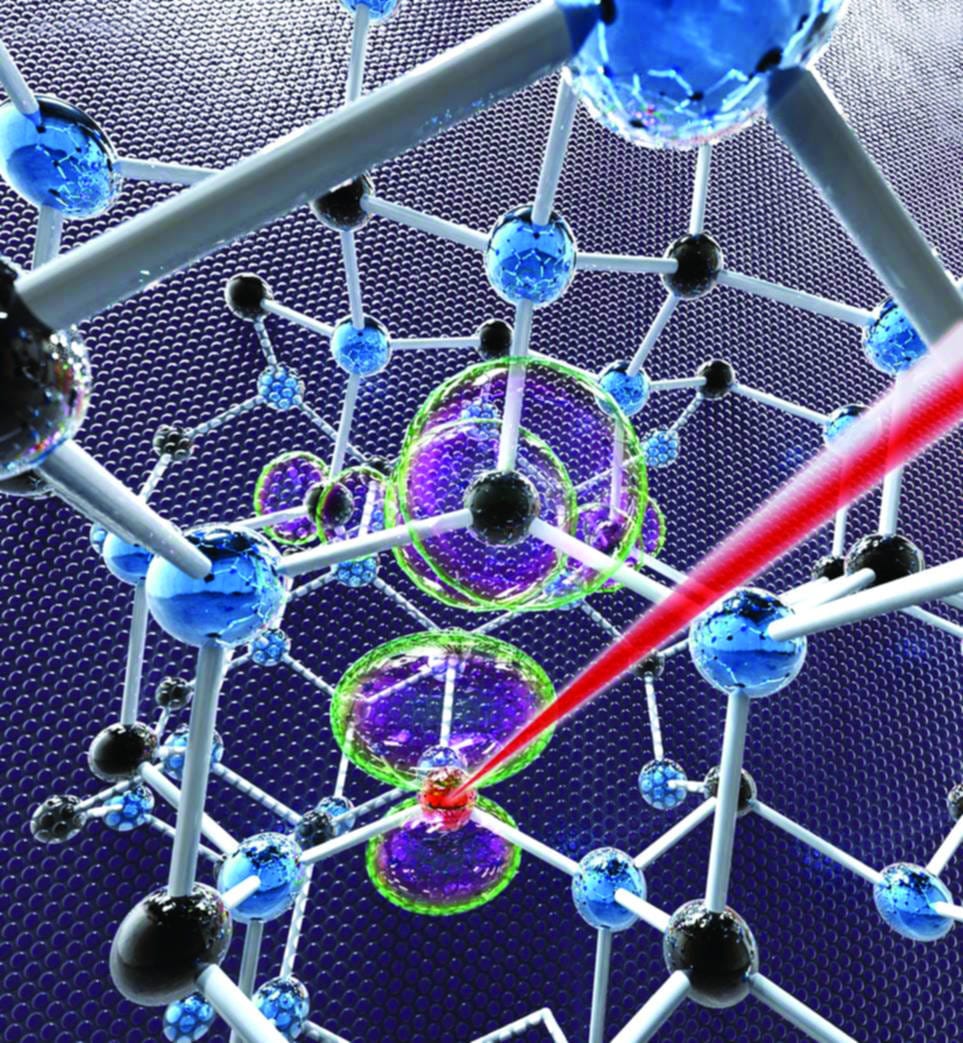Quantum information
Alexander Karapetian takes a look at the latest developments in quantum systems

Two developing technologies have been touted to mark the emergence of new quantum systems. Published in the journal Science last month, the fields of plasmonics and nanophotonics promise to speed up the advent of quantum information systems, which are capable of achieving processing powers that are orders of magnitude larger than classical computers.
Quantum computers operate by manipulating photons to represent binary digits, and can harness quantum mechanical effects to provide superior parallelism during processing. These systems use Quantum Bits (or qubits) in order to represent a larger number of states with fewer bits compared to classical machines.
Metamaterials, artificial nanostructured objects with exotic properties, will be used in combination with optical emitters to improve transfer rates and data processing. This hybrid technology which takes advantage of the emerging fields of plasmonics and nanophotonics will allow ‘quantum light’ to be used in future machines.
Professor Vladimir Shalaev, scientific director of nanophotonics at Purdue University’s Birck Nanotechnology Center, said that the technology, being a “seamless interface” between the two fields, “could guarantee the use of light to overcome limitations in the operational speed of conventional integrated circuits”.
Researchers propose the use of plasmon-mediated interactions, which are devices that can manipulate individual photons and quasiparticles such as plasmons, combining electrons and photons together, in order to increase circuit throughput.
The individual photons and plasmons can be coupled by way of a nanowire, a technique pioneered at Harvard University allowing data to be encoded one photon at a time, increasing transfer rates of meaningful output. The use of hyperbolic metamaterials is another approach which will allow recording and reading data with single photons. “We need a very efficient source of single photons”, Shalaev said, “the challenge here is to increase the efficiency of generation of single photons in a broad spectrum, and that is where plasmonics and metamaterials come in”.
One obstacle quantum computers hope to overcome is the challenge of preserving entangled quantum information long enough to be read and recorded. A possible solution involves the use of diamond with “nitrogen vacancies”. These are natural defects which occur in the crystal lattice of diamonds. “The nitrogen vacancy in diamond operates in a very broad spectral range and at room temperature, which is very important”, Shalaev commented.
The hybrid technologies will be put to use along with work from the new research field of diamond photonics. Hyperbolic metamaterials integrated with nitrogen vacant diamonds are expected to work to produce single photons efficiently and hasten the onset of stable quantum information systems.









